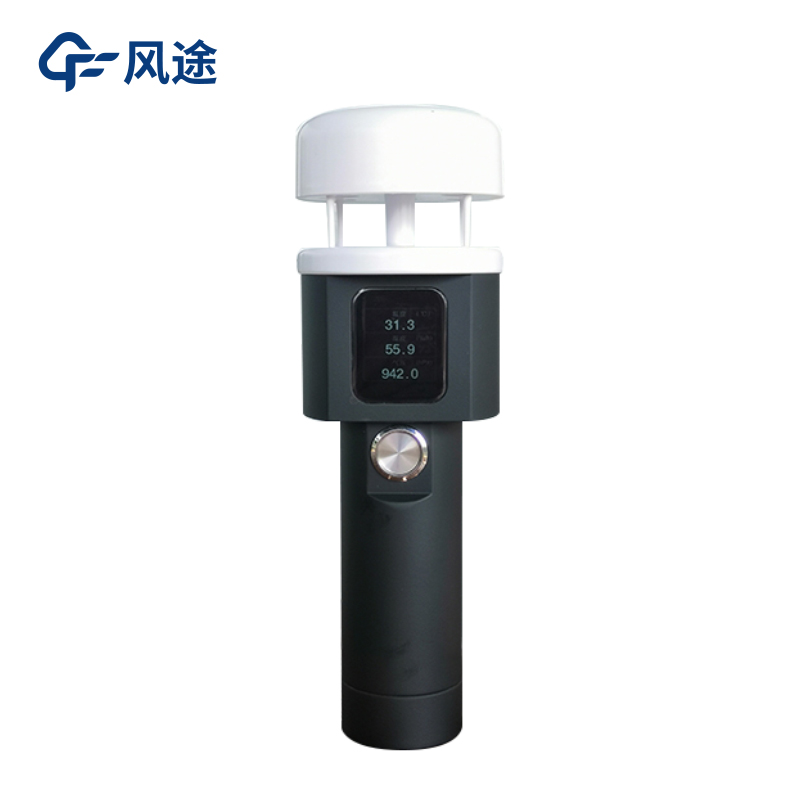Meteorological environment monitoring equipment supplier
Insist on doing high-precision customer favorite technology products
In traditional measurement methods, the balloon method treats the balloon as a particle moving with the air current. Instruments are used to measure the angular coordinates, slant range, or height of the balloon relative to the observation point to determine its spatial position and trajectory. The horizontal displacement is calculated from the position change of the balloon over a certain period, and then the average horizontal wind direction and speed are obtained. Commonly used measuring devices include optical theodolites and radio theodolites. The combination of a cup anemometer and a wind vane is also quite common. The cup anemometer measures wind speed by the rotation of wind cups in the wind. The faster the wind speed, the faster the wind cups rotate, and the rotation speed is converted into wind speed readings through a corresponding device. The wind vane, a lightweight arrow - shaped device, automatically points to the wind direction under the action of the wind.
In modern measurement methods, the ultrasonic anemometry method measures wind speed and direction by using the time difference of ultrasonic waves propagating in the air. Since the speed of sound propagation in the air is superimposed with the air current speed in the wind direction, the results are obtained by calculating the time difference of propagation in different directions.
Here, we recommend the FT - SQ2A Handheld Anemometer. It adopts the ultrasonic time - difference method to measure wind speed and direction based on the time difference of ultrasonic waves propagating in the air. This instrument has no moving parts, resulting in zero wear, requiring no maintenance, and having a long service life. It uses a reflective ultrasonic probe, making the structure more compact. It comes with a built - in display screen that can show the detection data in real - time. Its engineering plastic ABS housing is lightweight yet sturdy and durable. It has a built - in Bluetooth module, and with the dedicated APP mobile software, it can receive the detection data on a mobile phone in real - time. Internally, it is powered by a detachable standard 18650 rechargeable lithium - ion battery, and temperature, humidity, and atmospheric pressure sensors are also available as options. The internal storage module of the instrument can store monitoring data for up to 365 days, making it especially suitable for on - site inspections. Its wind speed measurement range is 0 - 40m/s, with a resolution of 0.1m/s and a measurement accuracy of ±5%. The wind direction measurement range is 0 - 359° without blind spots, with a resolution of 1° and a measurement accuracy of ±3°. This instrument can be used in fields such as handheld multi - meteorological element detection, mobile inspections, power safety inspections, ships, docks, and marine navigation detections.
